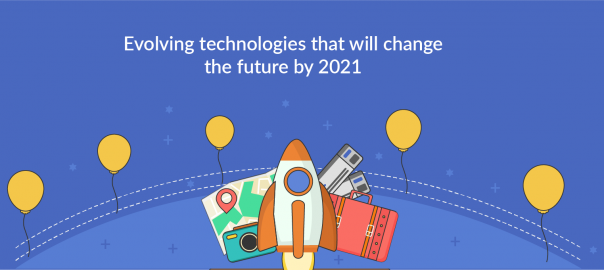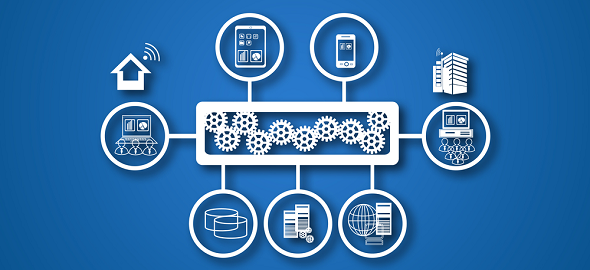Today, businesses rely on technology more than ever. Information technology is essential to achieving business success. However, when technology is not utilized properly, it can actually slow your business growth. Make technology work for you by understanding common tech-related issues… Read More





